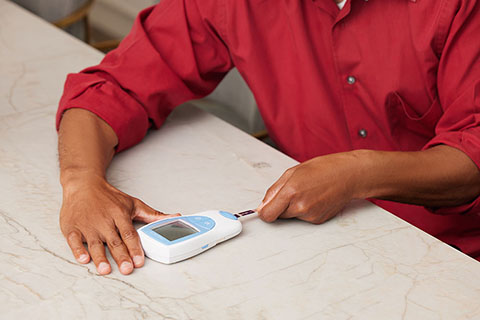
Quick
INR self-testing is easy to perform, and you will receive your test results in under a minute.

A prothrombin time (PT) test measures the amount of time it takes for a clot to form in a blood sample. An INR (international normalized ratio) is a type of calculation based on the results of this test.
Prothrombin is a protein created by the liver and is one of several substances related to blood clotting or coagulation factors. A PT/INR test is used to monitor the effectiveness of the anticoagulant Warfrain®. Home INR testing services can help monitor INR levels when you are taking a blood-thinning medicine called warfarin.

If you take a blood-thinning medication like warfarin, INR self-testing can help the patient and their prescriber see how well the medication is working. The test will allow your prescriber to evaluate your current INR levels and determine whether you are taking the right amount of medication. If you are experiencing low INR levels, you may be at risk of blood clots. If INR levels are too high, you may be at risk of excessive bleeding.
With the help of home INR testing services, your test results will be promptly sent to your healthcare provider who will review your INR levels. If they detect any abnormal INR levels, they may change your warfarin dosage to correct the issue. In-home testing is convenient – allowing patients to test their INR levels without the need for frequent trips to a lab.